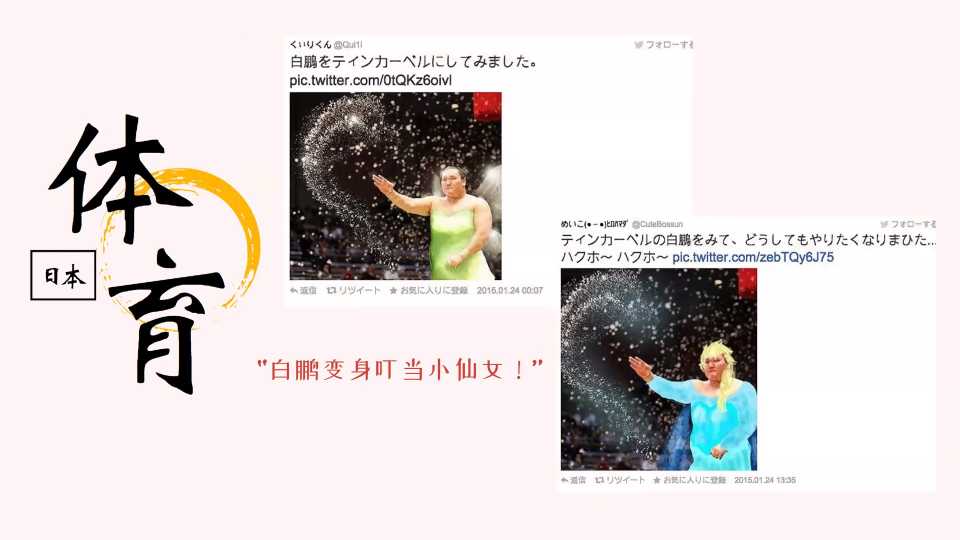Jointly reported by:
Tan Qi Xuan Sr1A
Rachel Koh Huey Shin Jr3Z(2)
Ho Chia Chien Jr3Z(4)
On Thursday, 9th of June 2022 during the school holidays, the three language societies of Kuen Cheng High School, namely the Japanese Language Society, Korean Language Club and the French Club, jointly organised a Talk for all students and staff, introducing the cultures of Japan, Korea and France respectively. The event started with a bang with lively emcees and representatives from the aforementioned clubs and society.
Firstly, the representatives introduced the language system of their countries. The Japanese Language Society showed how hiragana, katakana and kanji serve different functions within the language; the French Club introduced French as part of the Indo-European family, and thus share the same grammatical genders as Latin or German: masculine, feminine and neutral. Meanwhile, Korean was deemed the easiest to learn out of the three as Hangul, the Korean alphabet only consists of 24 basic letters that make up the entire writing system. It is rumoured that King Sejong, inventor of Hangul, took inspiration from the palace’s door lattices for the shape of the alphabet. Coincidentally, all three languages have honorifics, though handled very differently.
Next up were the table manners of the three countries. Other than the famous “bon appétit” said before a meal, most people don’t know that the French prohibit placing elbows on the dining table or their insistence on using many utensils, each with very specific purposes during a formal meal to show proper respect. The Koreans, following their tradition of demonstrating filial piety, have their table manners centred around showing elders respect, such as waiting for your elders to begin before you eat; while the Japanese say specific phrases, like “itadakimasu” as a way of showing gratitude for the food prepared, or “gochisousama desu”, which is said after a meal rather than before.
The representatives also took their time introducing the delicacies of their countries, like sushi, kimchi and baguette and crème brulée.
Moving on, the representatives introduced a greatly awaited aspect, the tourist attractions of their countries. Coincidentally, both Japan and France are famous for Disneyland. Barring Disneyland, Japan has Gundam Cafe, a restaurant themed after the Gundam franchise, while France has one of the world’s most recognizable landmarks, the Eiffel Tower. This historical landmark marks the 100th anniversary of the French Revolution. Likewise, in Korea, there is Lotte World and N Seoul Tower where tourists can enjoy a breathtaking view of the picturesque city from the observation tower. If one looks closely, love locks can be easily spotted on a railing or designated area of the Tower in hopes of everlasting love.
Later on, the introduction to sports enlivened the Talk. The Korean Language Club introduced Taekwondo; the French Club gave a brief introduction on how to play Pétanque. Not to forget Japan with Sumo as its representative sport. Sumo wrestlers sprinkle salt at the start of the match to purify themselves and the ring. Pictures of them practising this tradition are remade into Disney characters, Elsa and Tinkerbell.
Pictures remade by netizens.

